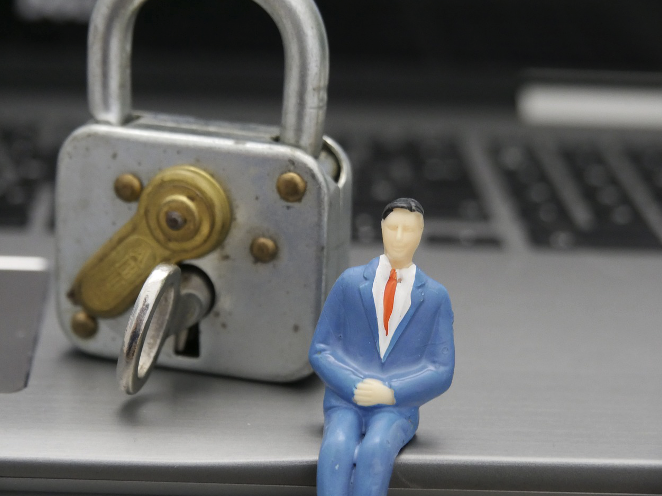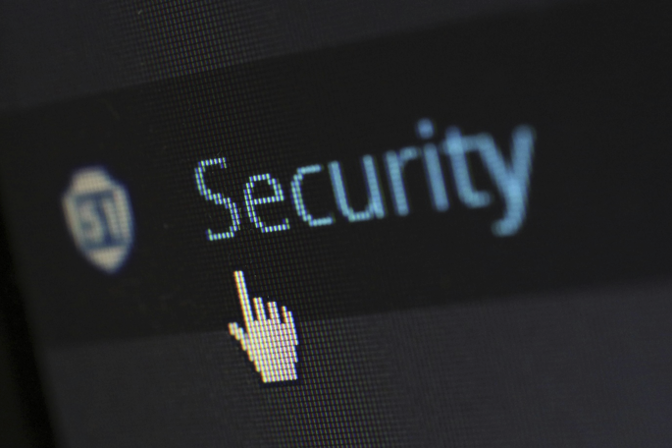We live in a digital world, and everything around us adapted to this new way of living. Technology has transformed the way we live, work, and even communicate. The internet offers convenience, and you can see that everywhere, from social media to online banking.

However, all these benefits come with risks that require your understanding of digital literacy. What is it? We will reveal that detail in the article below in order to equip our readers with complex strategies and best practices to keep safety and security in the digital world.
Digital literacy implies the ability to find, evaluate, understand, and use information effectively online. It’s more than just knowing how to use a computer. This also includes thinking critically and making smart decisions.
In other words, digital literacy is about knowing how to stay safe in the digital world. How can we ensure the security of all our information through cybersecurity, and how can we store data safely? These are the details we need to stay safe online.
The digital space offers many opportunities, yet it also includes some risks. To stay safe online, it’s vital to understand what threats are out there and pay attention to warning signs.
Digital safety is not always on our minds, especially when we have a good time playing on slotscalendar.us. While this is a safe and verified site, many websites require caution. It’s vital to avoid suspicious links, surveys, and unverified sites that could threaten your digital presence.
There are several types of threats, but the more you know, the safer you will be online. Thus, let’s focus on these categories to learn more about possible threats and avoid them.

Malware: This is malicious software such as viruses, worms, and trojans. They can all harm your device or steal your sensitive data. Malware spreads through compromised downloads, infected websites, or malicious email attachments.
Phishing: Usually, cybercriminals pass as trusted entities to trick people into revealing personal data like passwords adn credit card numbers. The attacks appear through fake emails, text, and insecure websites.
Ransomware: It’s harmful software that locks all your files or devices and asks for money to unlock them. This sort of thread often gets into your system through fake emails or insecure networks.
Tricks and Scams: There are scammers who use tricks to fool people into offering their personal data. Some of their tricks include fake calls, urgent messages from a hacked friend’s account, or offers that seem impossible to be true.
Fake Websites and News: Criminals will always be creative in making fake websites that look real to steal your information or infect your device with malware. Fake news can also spread lies to trick you into clicking dangerous links.
Your online safety matters most. Thus, you need to be cautious and understand that there are warning signs that will help you avoid unpleasant circumstances. Here are some of the most obvious warning signs to take into account when navigating online:
There’s no doubt that you need to learn how to safeguard personal information in this digitalized world. Below, we will highlight some of the best practices that will help you protect your data from potential threats.
A strong and complex password can be the first defense against unauthorized access. Try to use complex information and stay away from using easily guessable details like birthdays or common words.
You may create passwords that include upper and lowercase letters, numbers, and special characters. Even better, you may use a password manager to generate and secure complex passwords. The manager will ensure that each account has a unique code, and you don’t even have to memorize it.
Through the use of multi-factor authentication, you will actually add an extra layer of security by requiring a second form of verification. This can include sending a one-time code to your phone or a biometric scan. In this case, even if a hacker gets your password, the system will ensure that the hacker won’t be able to access your account without the secondary authentication method.
Whether you complete an online form or sign up for different services, share your personal information only with trusted platforms. Be cautious about sharing your personal details online. If you feel the need to question the necessity of your details, do so without hesitation.

Also, avoid sharing too many personal details on social media. These details can make you vulnerable and make you a victim of identity theft and other forms of exploitation. Don’t just share your address, personal number, or travel plans. Keep things as personal as possible to limit visibility only to your trusted contacts.
Many experts recommend keeping your devices updated to ensure they have the latest security protocols to protect against possible vulnerabilities. To streamline the process, enable automatic updates for the operating systems and apps.
You can also install a good antivirus program to detect and neutralize malware and other threats before they compromise data.
It’s essential to protect your personal data, no matter the circumstances. For instance, social media platforms and apps often gather amounts of data from users. For this reason, it’s best to familiarize yourself with their privacy settings to limit data collection and make sure that only trusted contacts can access your profile.
When you navigate online, you should use features such as private browsing modes. It’s also a good idea to clear cookies frequently and install privacy-focused browser extensions for added online safety.
One of the most ignored safety steps is avoiding reading the terms and conditions. We know they are lengthy and technical, but they are vital to revealing how platforms use your data. If you feel that it’s tedious work, you can use online tools that can help you summarize and interpret these agreements.
There’s no doubt that digital literacy is essential for keeping safety and security to the maximum level when it comes to the digital world.
Whenever you navigate online, it is best to stay away from the threats we already lined up and be cautious at all times. Use our tips to protect your personal data and stay vigilant and informed–your online safety depends on it.